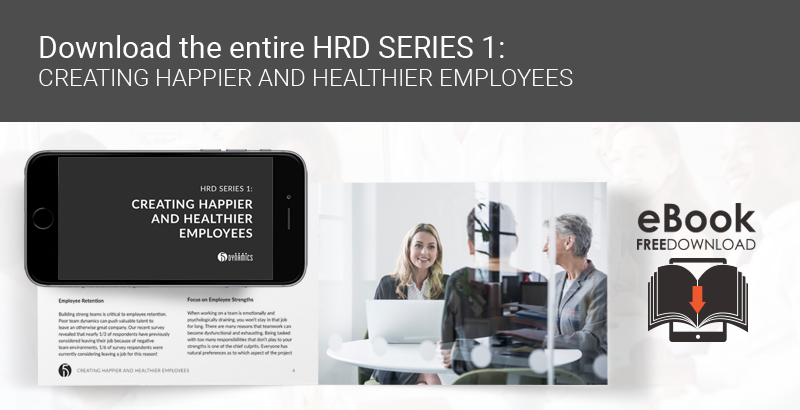Use The 5 Dynamics Platform To Create Happier Employees Today

Disengagement makes itself known in employees’ posture, body language, facial expressions, tone, participation level, even their timeliness versus tardiness. When people are engaged, they’re making eye contact, nodding and smiling to one another, actively contributing to the conversation. Do happy scenes like this seem unlikely at your company? It may be due to misalignments and lack of understanding in how people prefer to work, learn, and collaborate.
Understanding Personal Preferences
The old saying “time flies when you’re having fun” works the other way, too. When we’re bored or disengaged, it can feel like time is moving at a crawl. Effective teams navigate this dynamic thoughtfully to maintain harmony and productivity. Conflict may arise when one team member is really enjoying a particular phase while another is impatient to move on. Self-understanding goes a long way towards keeping projects on-track and team members happy.
Individuals who understand their preferences around which phases of work they really enjoy, can be self-reflective. They understand that it won’t benefit the rest of the team to linger, however much fun they may be having. There comes a time, for example, when a project plan is good enough, and further tweaking ceases to create additional benefit compared with moving forward. Team members who love planning can be aware of their preference and remember that planning is always done for the sake of implementation.
On the flip side, when individuals understand which phases of work they tend to dislike, they can recognize that it’s important for the team to spend sufficient time on each phase of work, even though the individual may not find it that enjoyable. Someone who loves driving execution can acknowledge and respect that a well-crafted plan is important for effective implementation, even if they don’t personally enjoy the planning phase.
Understanding The Phases Of The Work Cycle
Similarly, different people have more or less energy for different phases of the project work cycle depending on their preferences. Someone who loves to generate possibilities will have loads of energy to keep brainstorming and imagining creative solutions. Someone who loves building enthusiasm and securing stakeholder buy-in will have plenty of energy to devote to relationship building and engaging in persuasive conversations.
While stretch assignments are important, spending too much energy outside of a zone of comfort will drain a person. Ultimately leading to mental and physical stress—and lower results. Happy teams can identify when a person naturally has lots of energy and when expending energy requires extra effort. Teams maintain higher happiness levels by capitalizing on their natural sources of energy and limiting the amount of time devoted to activities that are less comfortable.
These preferences also shape how individuals like to learn and work. Different team members will want to move more quickly or more slowly depending on their energy dynamics. Some want a deep dive, some want to fully understand the broad context and big picture, some want only the fundamentals of their assigned task. Developing self-understanding is a fundamental requirement to harnessing these preferences and energies for the benefit of the individual and team. Working with people’s natural styles helps them to feel more engaged and happy in their work. And, as we’ve seen, happy employees are more productive and more likely to stay with the company.
Help your employees improve their self-understanding so they can feel happier at work—contact 5 Dynamics today.



